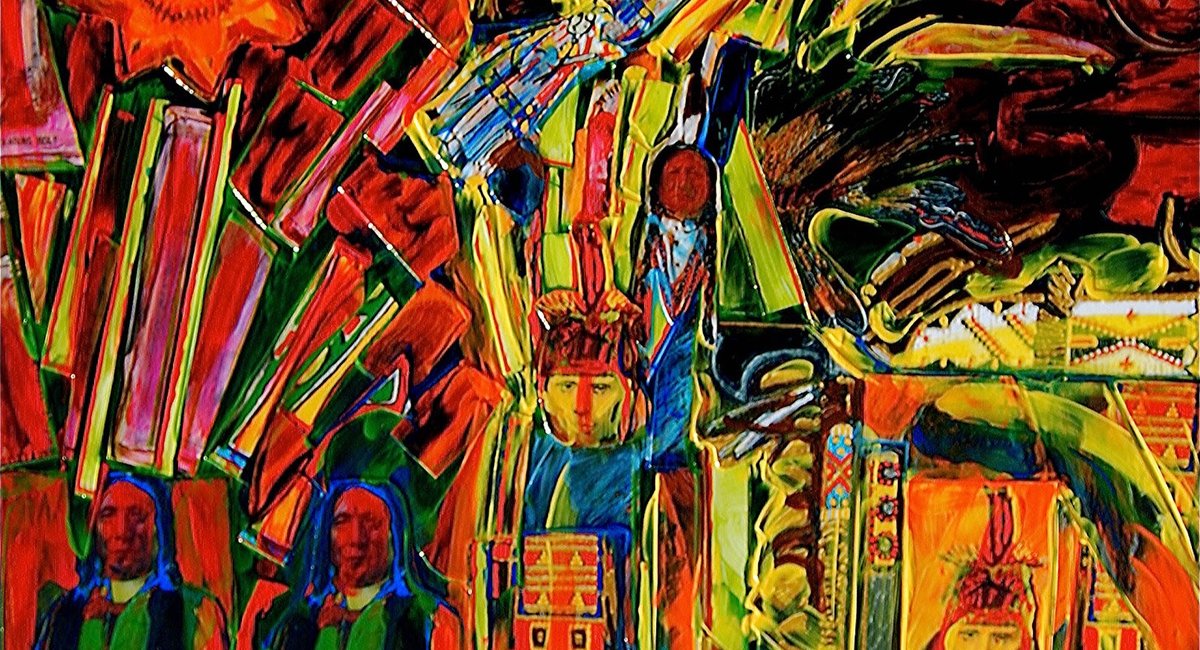Among the 600 languages spoken in the five boroughs is Lakota, a Native American language spoken primarily by members of the Lakota tribes in North and South Dakota.
According to the Indiana-based Language Conservancy, 2,900 of the estimated 7,000 languages spoken across the world are now endangered.
Lakota is among them.
This past weekend, Lakota speakers were in New York City to help keep the language alive. They participated in the Lakota Language Weekend at the nonprofit American Indian Community House, located at 39 Eldridge St. in Manhattan.
Ahead of the gathering, Weekend All Things Considered host Tiffany Hanssen spoke with Wil Meya, CEO of The Language Conservancy and executive director of the Lakota Language Consortium, about the effort. Their conversation has been lightly edited for clarity and content.
Hanssen: Before we talk about the events happening in New York this [past] weekend, I just want to clarify for folks who might not know: Who are Lakota speakers? And today, how many people are speaking Lakota as their primary language?
Meya: Lakota is one of the top 10 major languages, Native American languages, in the U.S. Over 100,000 Lakota people live in North and South Dakota. And there are probably about 1,500 speakers left of a language that was once spoken by tens of thousands of people.
Why exactly is the language in danger? What qualifies it as being in danger? Is it not being taught? Is it not being passed down? What are the factors at play here?
There’s a lot of unfortunate history involved with the demise of Lakota, as well as many of the other Native American languages, as well: things like boarding schools and other kinds of policies ended up creating a situation where parents stopped passing on the language to their children. That happened around the mid-1950s. And so, essentially, people born after 1954, 1955 did not pass on the language to their children. From that moment on, the real number of speakers began to decline. And so now we’re at a…
Read the full article here

Leave a Reply